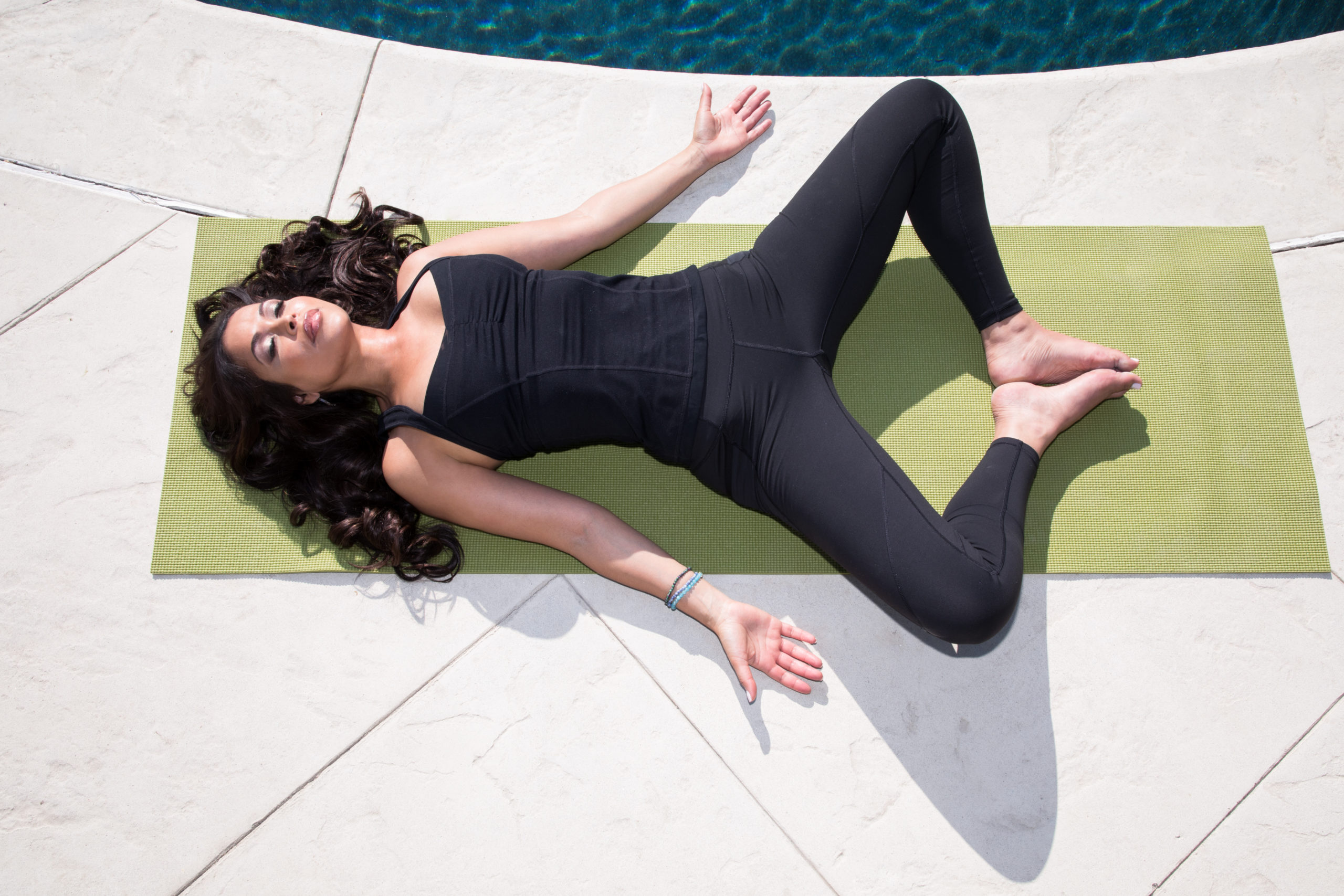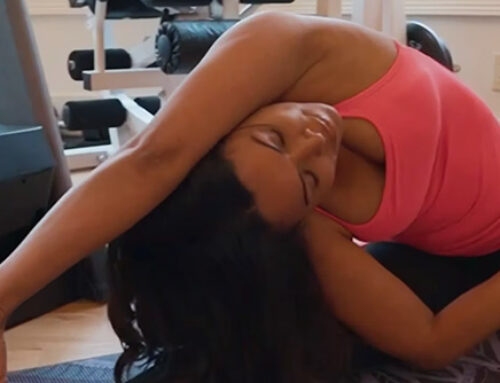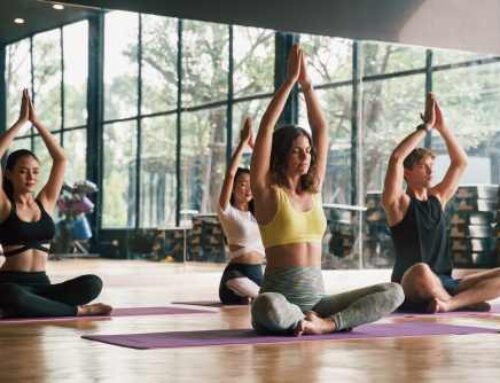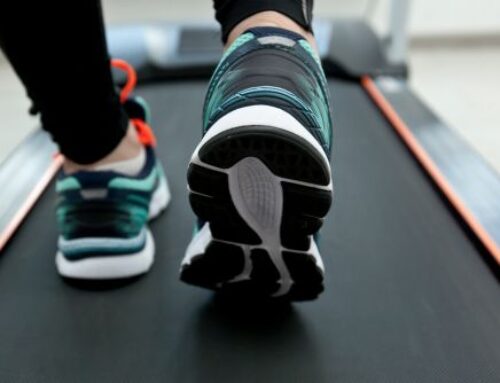Reclined Bound Angle Pose (Supta Baddha Konasana) is one of the most proficient relaxation yoga poses, proving that yoga is about more than stretching and strengthening. Muscle groups that hold tension in your digestive system, your head, and your reproductive organs can all be released using the tranquility offered by Reclined Bound Angle Pose.
Best of all: this is not a difficult pose to pull off and sustain. I recommend Reclined Bound Angle Pose to people with problems ranging from chronic stress to indigestion. Its anxiety-lifting effects encourage relaxation across most of your body’s major systems. For those whose body and mind regularly suffer from the effects of a busy week, Reclined Bound Angle Pose could offer a solution.
Benefits of Reclined Bound Angle Pose
Tension is not an isolated body process. It affects many major systems in your body and has a multi-pronged negative effect on your ability to relax and cope with your busy work week. Thankfully, Reclined Bound Angle Pose offers a multi-pronged solution. The deep breathing practiced in Supta Baddha Konasana combined with the open position of your hips encourages relaxation across your whole body.
This creates an internal environment that supports lower pressure and heart rate, less muscle tension and stress, and balanced energy levels. Those who frequently suffer from headaches or fatigue may be surprised to know that their job or their noisy kids probably aren’t causing it directly. Headaches more often come from stressed muscles and runaway tension in your body. Reclined Bound Angle Pose can reduce tension headaches and even treat insomnia caused by stress.
On top of stretching, lengthening, and releasing your inner thighs, this pose can also be helpful for those with digestive problems related to intestinal conditions like IBS and those suffering from infertility. Improving circulation to the pelvis can also improve the functioning of the ovaries, prostate gland, bladder, and kidneys. This pose has even been known to help with menopause and menstrual issues.
Finally, if you’ve let your stress get so out of control that you can’t sleep (you may even suffer from panic attacks), you need an intervention strategy. Reclined Bound Angle Pose offers one.
How to Do the Pose
In seated Staff Pose, extend your legs onto the mat, bending your knees so that your feet are flat and close to your hips. Keep your feet held together, letting your knees fall outward as you lean back.
Your elbows should come down to the floor before you lower your back down. Shift on your pelvis so that your spine can stretch and lengthen without compromising the curve in your lower back. Relax your arms by your sides, with palms facing the ceiling. Relax your buttocks and tailbone.
This is the most important part: relax. You have to retain a sense of awareness in this pose but allow yourself to feel your body and not think about the world outside. For the 10 minutes that you stay in this pose and breathe normally, try to clear your head and let your body feel heavy against the floor.
When you’re ready to get back to your work or kids or even get to bed, pull your knees up and together. Roll on your right side and lift yourself up to a sitting position.
I recommend Reclined Bound Angle Pose as a perfect end to a long yoga sequence, restoring your energy and bringing awareness to your body. However, even practiced by itself, it can offer similar relaxation benefits.
The Takeaway
Reclined Bound Angle Pose or Supta Baddha Konasana offers a fitting end to a seated yoga sequence or a great way to acquire inner awareness and relaxation at the end of a long day. Those who suffer from irritable bowels, insomnia, fatigue, headaches, and other stress-related conditions could find release by allowing their bodies to relax with Reclined Bound Angle Pose.
Beginners can easily get into this pose and see what awareness, balance, and relaxation in yoga is all about. Even advanced practitioners have to admit that this pose never gets old, so long as there’s stress in our lives. And as we all know, there always is! But that doesn’t mean we can’t do something about it.





Leave A Comment